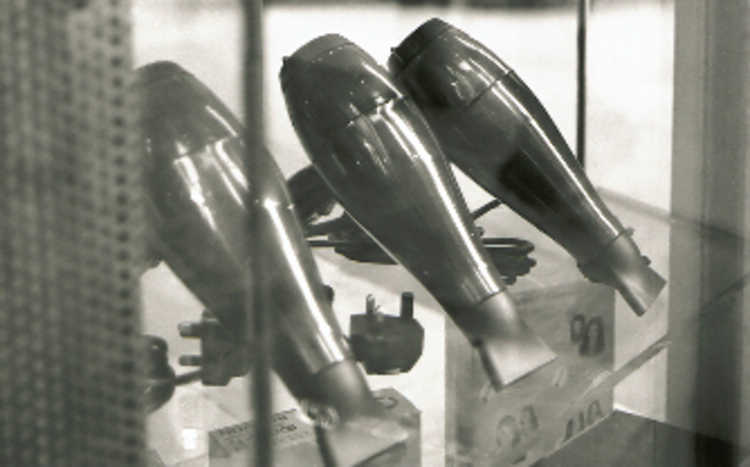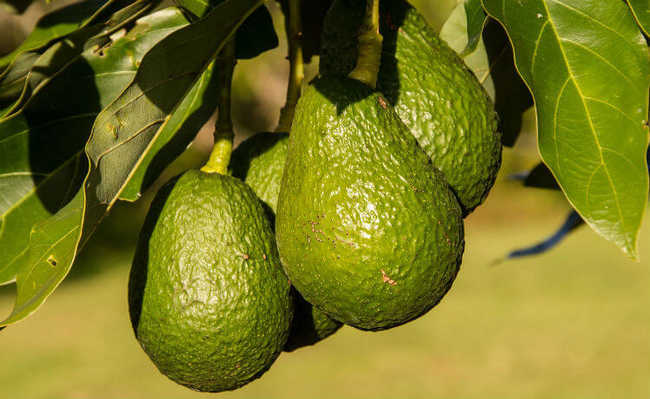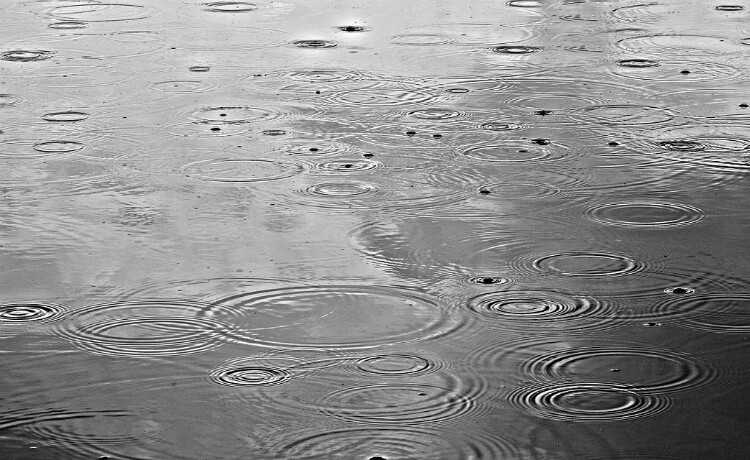Ballast water used by ships can pose a danger to marine ecosystems
Problem occurs due to the exchange of microorganisms when water is collected or discarded

You may never have thought about it, but the port activity can cause several problems to marine biodiversity. Want to know why? O eCycl portaland explain to you!
Ballast water: a big problem
All large ships need to use ocean water to compensate for the loss in weight resulting from unloading cargo and the use of fuel, in order to maintain the stability and safety of the vessel. When a ship sets sail from one port to another, it needs to fill a specific reservoir for ballast water (which is collected from the ocean). Along the way, he slowly returns this water to the sea. If he makes a stopover on the voyage to load or unload goods, the tank is emptied and refilled, so that the ship remains stable in this process. The same happens at the end of the trip (check the figure below for a better understanding).
This cycle is extremely dangerous for the marine fauna that inhabit the vicinity of the port, as ballast water, when thrown into the sea from a location far from where it was collected, brings exotic microorganisms to local animal populations, in addition to viruses, bacteria, algae, among others. This attitude causes the imbalance of ecosystems in the region where water is dumped, causing instability in the food chain. All of this can also affect the human inhabitants of the coastal region (they can have illnesses and suffer if a pathogenic organism preys on an animal that this human population depends on).

port areas
In addition to the problem of dispensing and capturing ballast water, port regions have other activities that can bring environmental risks, such as cleaning the hulls of ships and the traffic of people from various origins (which "carry" various microorganisms). The problems are in the environmental diversity of the ports, which can mean that a given organism that has hitchhiked with the waters has no competitors, predators or parasites.
In 1990, the International Maritime Organization (IMO) created, together with the Marine Environment and Protection Committee (MEPEC), a specific working group to combat ballast water. The following year, the first international guidelines for ship ballast management were published, compliance with which was voluntary. Over the years, MPEC improved the guidelines, which gave rise to two other resolutions on the subject: resolution A.774(18) and resolution A.868(20), both created in 1997.
Among the guidelines established by the IMO, the most prominent was that ballast water should be used in oceanic exchange, that is, it was suggested that ships change the water contained in their tanks before reaching the distance of 321.87 km ( 200 miles to the coastline of the port of destination. The exchange sites should be at least 200 meters deep and the volumetric ballast exchange should reach an efficiency of 95%. This guideline was designed to reduce the risk caused by ballast water, as the collected coastal water would be replaced by oceanic water, which has different physicochemical and biological properties - thus, coastal species do not survive in oceanic environments and vice versa, avoiding the problems described throughout the article.
In February 2004, the IMO created the International Convention for the Control of Ship Ballast Water and Sediment Management. The convention will come into effect one year after being confirmed by at least 30 countries that together represent 35% of the total world merchant fleet - the number of confirmations can be checked here. Brazil confirmed the instrument of ratification together with the IMO in 2010.
The convention aims to prevent potentially dangerous effects caused by the global dispersion of aquatic organisms through ballasting. For this, ships must have on board a management plan and a ballast water record book. Standards were defined for the exchange and treatment of water on the ship. The countries should promote, individually or jointly, the carrying out of technical research on the management of ballast water and the monitoring of its effects.










